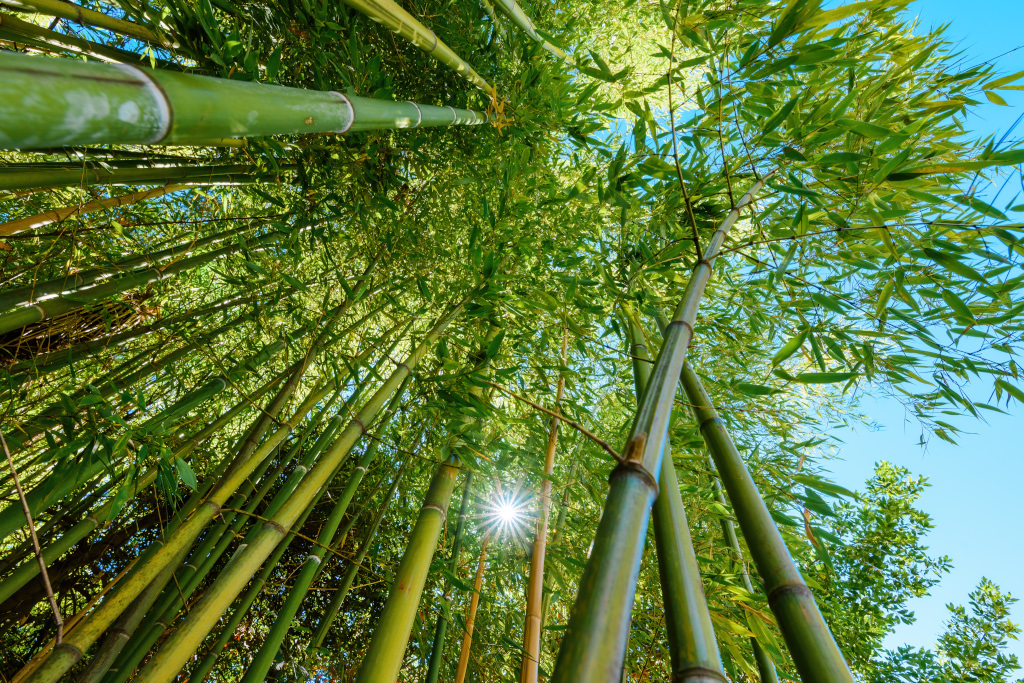We’ve all heard the awe-inspiring fact: bamboo is the fastest-growing plant on Earth. Some say it can grow over three feet in a single day. Sounds like magic, right? You might imagine it shooting skyward 24/7 like a time-lapse video from a nature documentary. But here’s the twist—that’s not how bamboo actually grows.
What’s even more fascinating? Bamboo’s rapid rise isn’t constant. In fact, it’s more like a well-planned ambush—a quiet build-up followed by a sudden surge. And understanding that growth pattern can teach us a lot—not just about plants, but about patience, progress, and when to act.
Wait… so bamboo doesn’t grow all year round?
Not exactly. Bamboo growth happens in bursts, not in a steady stream. During most of the year, especially in colder months, it’s doing a lot behind the scenes—preparing, conserving energy, and expanding its underground root system known as rhizomes.
Then, almost out of nowhere—usually in spring or early summer—it erupts into rapid vertical growth. We’re talking about some species reaching 35 inches (91 cm) in a single day. That’s roughly 1.5 inches per hour!
When bamboo really takes off
Let’s take Moso bamboo as an example. In a 2012 experiment conducted by botanical researchers in China, a monitored grove of Phyllostachys edulis (that’s the scientific name for Moso) grew from less than a foot tall to nearly 30 feet in under 30 days. That’s an average of one foot (or more) per day during its peak season.
But here’s the catch: this kind of growth only happens during a short window each year.
Typical growth patterns by season
- Spring to early summer: Explosive growth phase; shoots emerge and race skyward.
- Late summer to fall: Growth slows; energy shifts to strengthening the new stalks (culms).
- Winter: Essentially dormant—no visible upward growth.
After a bamboo shoot finishes its upward growth in that single season, it won’t grow any taller. Instead, over the next 3–5 years, the culm hardens and strengthens, turning into the woody material we associate with bamboo construction or furniture.
Why does bamboo grow like this?
Bamboo may seem miraculous, but its growth strategy is smartly evolved. Its secret weapons include:
- A vast underground rhizome network stores nutrients and energy year-round.
- Hollow culms that reduce the weight and resources needed for vertical growth.
- Super-efficient photosynthesis, especially in tropical and sub-tropical species.
This combo allows bamboo to take full advantage of ideal conditions when they arrive. Instead of slowly trudging along all year, it waits… then leaps.
But wait—what happens after that growth spurt?
You might think that once it hits 30 feet, bamboo keeps going. But it doesn’t. After reaching full height in just weeks, the real work begins underground. The plant’s energy shifts from upward growth to expanding its rhizome network and maturing the culms.
That’s why a three-month-old bamboo shoot may look ready for harvesting, but it actually takes 3–5 years to fully mature and harden into usable timber.
What bamboo teaches us about growth
Oddly enough, bamboo growth offers a lesson that applies far beyond gardening: Progress isn’t always visible. Just because nothing seems to be happening doesn’t mean growth isn’t occurring under the surface.
Whether you’re starting a business, learning a new skill, or trying to break a habit, bamboo reminds us: it’s okay to rest, regroup, and let roots take hold before you shoot up toward the sky.
Final thought: be like bamboo
So no, bamboo doesn’t grow constantly—but when it does, it’s unstoppable.
It waits for just the right conditions, and then leaps. Maybe there’s a little bamboo in all of us—we grow best when we’ve laid the foundation, waited patiently, and are ready to break through.




Leave a Comment